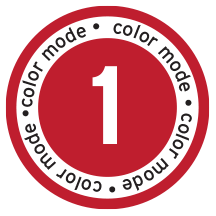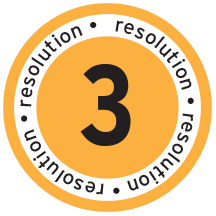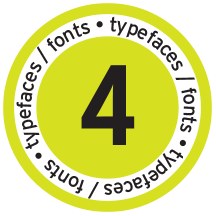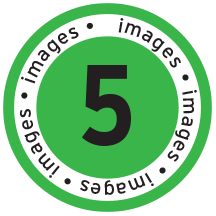
Choose your COLOR MODE carefully, an RGB image may look bright and vibrant on your screen but print duller, RGB modes are intended for monitors and video screens, CMYK formats will translate more accurately to printed outputs. Create Rich Blacks (C: 30, M: 30, Y: 30, K: 100) instead of Just Black (C: 0, M: 0, Y: 0, K: 100) for deeper blacks. READ MORE

The most common formats for high quality printing are PDF, EPS, Ai, PSD, PSB, TIF, JPG, INDD, IDML; produced by programs like Adobe Illustrator, Adobe Photoshop and Adobe InDesign. Files generated by programs like Word, PowerPoint or Paint do not have the quality required for high-end printing.

Resolution is the number of dots per inch (dpi) measured in pixels (px) on an image, the more dots, the better the resolution. 100 dpi at 100% of the size is the best practice, files created at half the size should have twice as many pixels (200 dpi at 50%) and so on. Low resolution images look pixelated (jagged edges) or soft (blurred). See the RESOLUTION CALCULATOR for assistance

There are thousands of different typefaces / fonts to choose from, to make sure that the right one is used and no words are missed or misplaced, please package them with the graphic file or convert them to outlines.

One image is worth a thousand words, choose good images at large enough resolutions to produce sharp outputs, images downloaded from the internet are not acceptable resolutions for print (except if bought at high resolutions from stock photography websites).

Use one of the following services to upload large files to us, please reference your Work Order number, client name and job reference and let your Salesperson/CSR know when finished:
https://spaces.hightail.com/uplink/ColorReflectionsHollywood
https://wetransfer.com